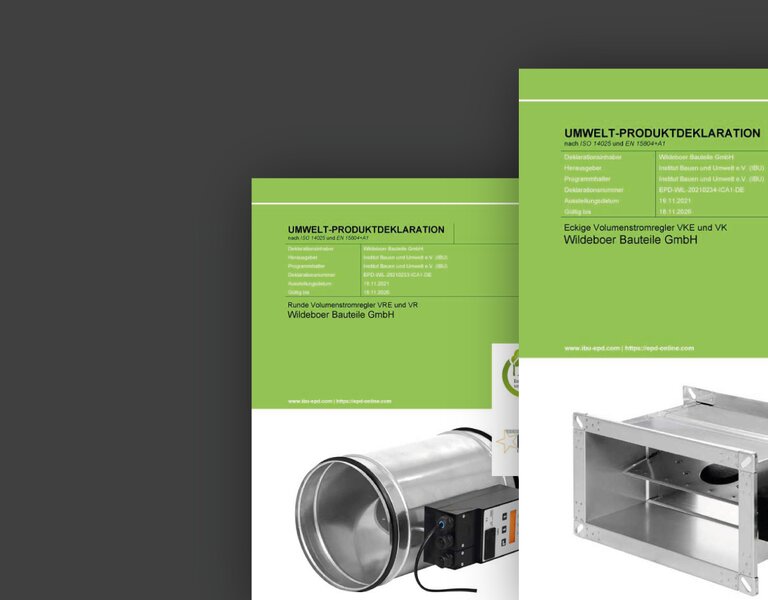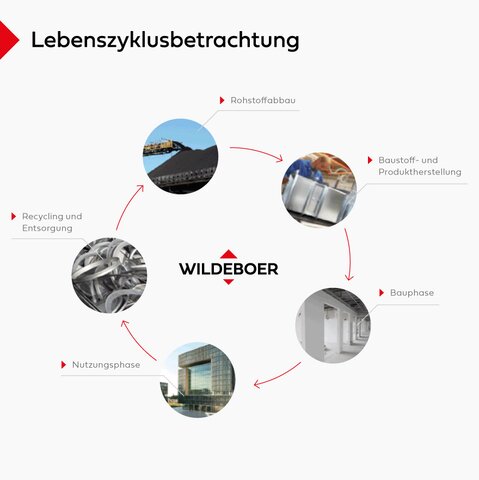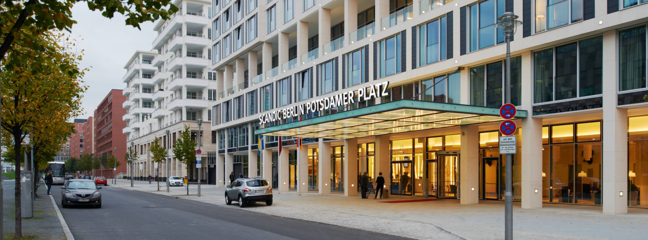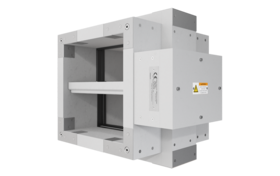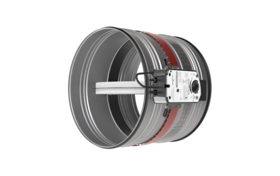An Environmental Product Declaration (EPD) is used to determine and label the environmental impact of products. A product, for example a fire damper, can be assessed in terms of its environmental impact. This life cycle analysis is carried out in the environmental product declaration. Various Wildeboer products have an EPD.
What is an EPD?
A video by the Institut Bauen und Umwelt e.V. (IBU)
Questions and answers on the environmental product declaration
We often receive similar questions about Environmental Product Declarations. We have therefore set up a FAQ section to provide answers to the most frequently asked questions. This section will be updated on an ongoing basis.
General features of the Environmental Product Declaration (EPD)
- Product specific Type III Environmental Product Declarations (EPDs) according to EN 15804, ISO 14025 and ISO 14044
- Produced in accordance with the requirements of EN 15804, ISO 14025, ISO 14044, verified by the IBU (Institut Bauen und Umwelt e.V.)
- Recommended for verification by the Construction Products Regulation
- Addresses the whole life cycle of products from cradle to grave in accordance with EN 15804
- Suitable for ecological assessment for building certification schemes such as DGNB, BNB (German Sustainable Building Council), LEED and for ecological building assessment to EN 15978
- Valid throughout Europe
From building product to sustainable building with EPDs
A video by the Institut Bauen und Umwelt e.V. (IBU). They explain how building certification systems work and why life cycle assessments and EPDs with the various environmental indicators are needed.
The use of environmental product declarations for building assessment
The content of an EPD, combined with its acceptance by leading building certification schemes, makes a significant contribution to the environmental assessment of a building.
Building certification schemes such as DGNB, BNB (German Federal Ministry for the Environment, Nature Conservation and Nuclear Safety), LEED and many others use EPDs for the environmental assessment of buildings in accordance with EN 15978. Products with an Environmental Product Declaration (EPD) have a positive impact on the overall result of a building certification. When products with EPDs are used in the construction of a building, additional points can be gained in the overall building assessment. This, in turn, enables you, the client, to obtain a sustainability certificate for your building.
EPDs are created by a so-called programme holder. In Germany, this is carried out by the Institut Bauen und Umwelt e.V. (IBU) for the majority of environmental product declarations. A programme owner is essentially responsible for the administration and maintenance of the general programme instructions, compliance with the requirements of ISO 14025 and the maintenance of publicly accessible lists of available EPDs. Therefore, you can also be assured that the EPD has been prepared by an objective party.
Since October 2016, all EPDs for Wildeboer products have been converted to the ECO-Plattform standard and labelled with an ECO EPD logo. The logo confirms that the high requirements of the ECO Platform organisation (an umbrella organisation of the various national EPD programme holders in Europe) have been met with regard to quality management and the verification process of the EPDs. Environmental Product Declarations for Wildeboer products are recognised and can be used throughout Europe and are also available in English.
Our products with Environmental Product Declaration (EPD)
Who creates an EPD?
EPDs are created by a so-called programme holder. In Germany, this is carried out by the Institut Bauen und Umwelt e.V. (IBU) for the majority of environmental product declarations. A programme owner is essentially responsible for the administration and maintenance of the general programme instructions, compliance with the requirements of ISO 14025 and the maintenance of publicly accessible lists of available EPDs. Therefore, you can also be assured that the EPD has been prepared by an objective party.
Since October 2016, all EPDs for Wildeboer products have been converted to the ECO-Plattform standard and labelled with an ECO EPD logo. The logo confirms that the high requirements of the ECO Platform organisation (an umbrella organisation of the various national EPD programme holders in Europe) have been met with regard to quality management and the verification process of the EPDs. Environmental Product Declarations for Wildeboer products are recognised and can be used throughout Europe and are also available in English.
The Environmental Product Declarations and Life Cycle Assessment data for Wildeboer products are available at
- Download area
- Website of the Institut Bauen und Umwelt e.V. (IBU)
- ECO Platform
- ÖKOBAUDAT: building materials database of the Federal Ministry for the Environment, Nature Conservation, Building and Nuclear Safety BMUB, accessible free of charge
- DGNB-Navigator - a product database of the DGNB e.V.
